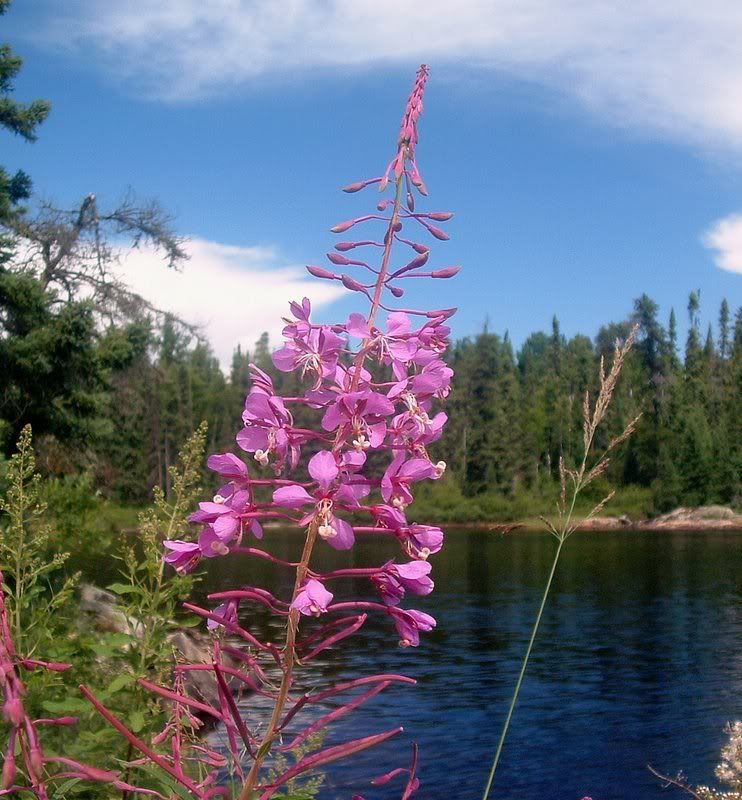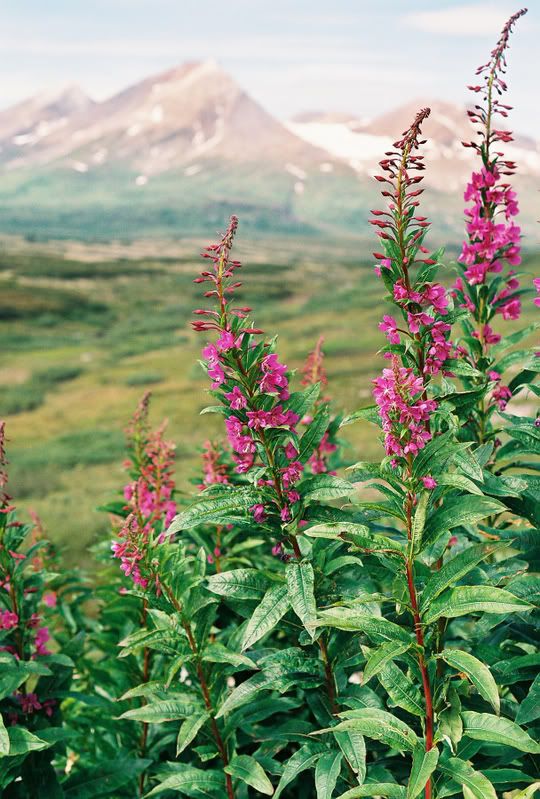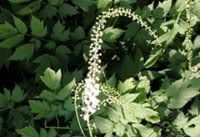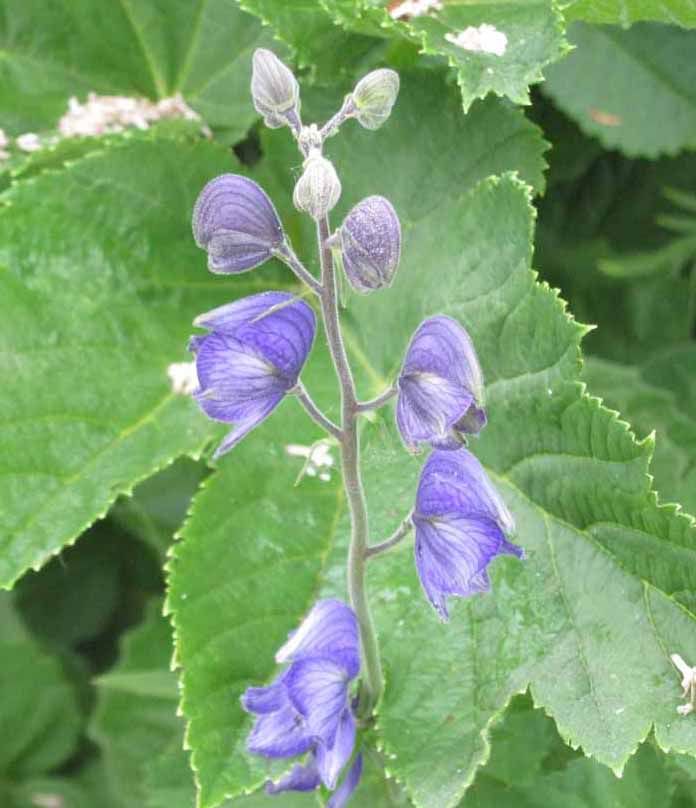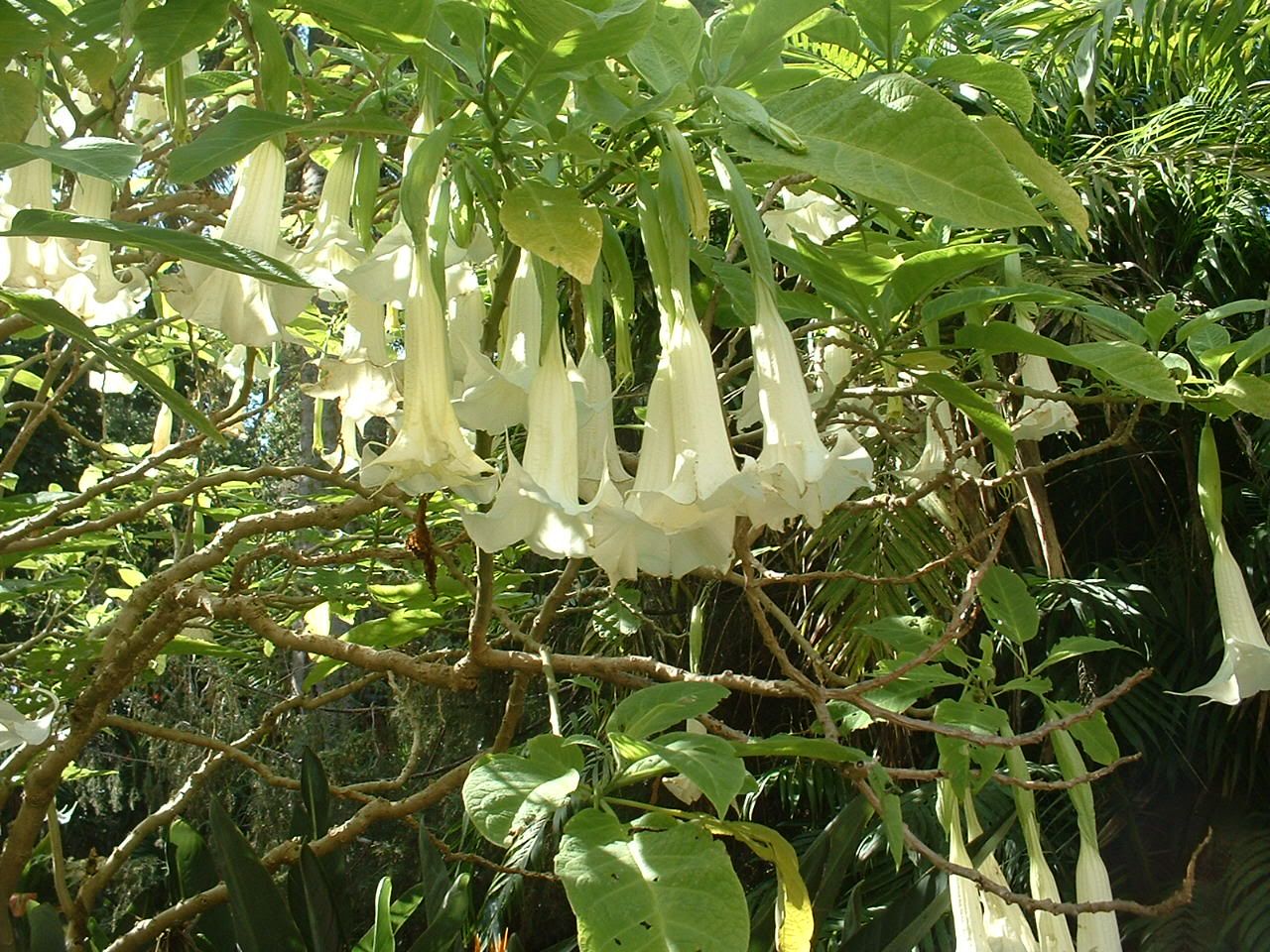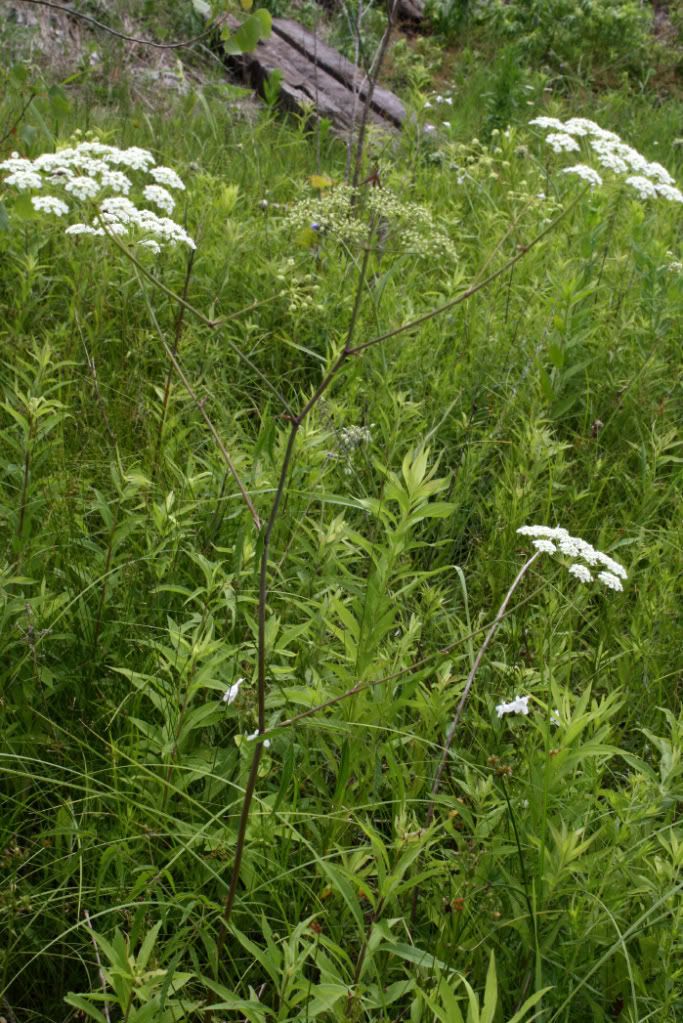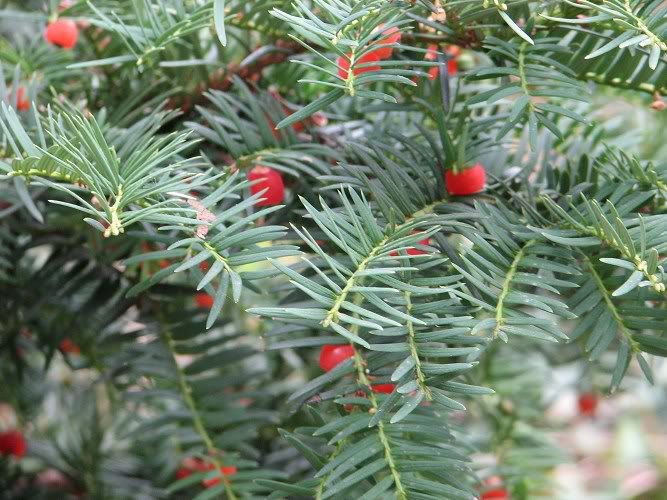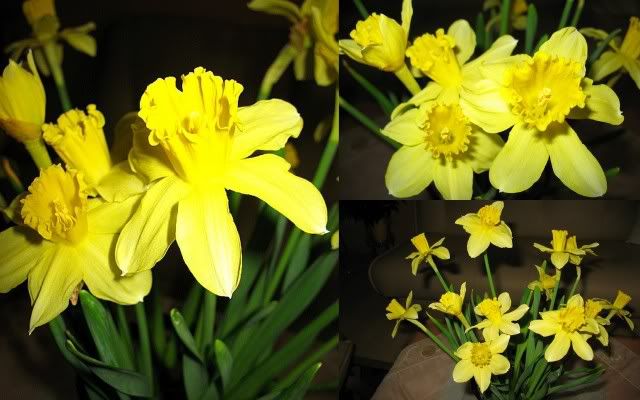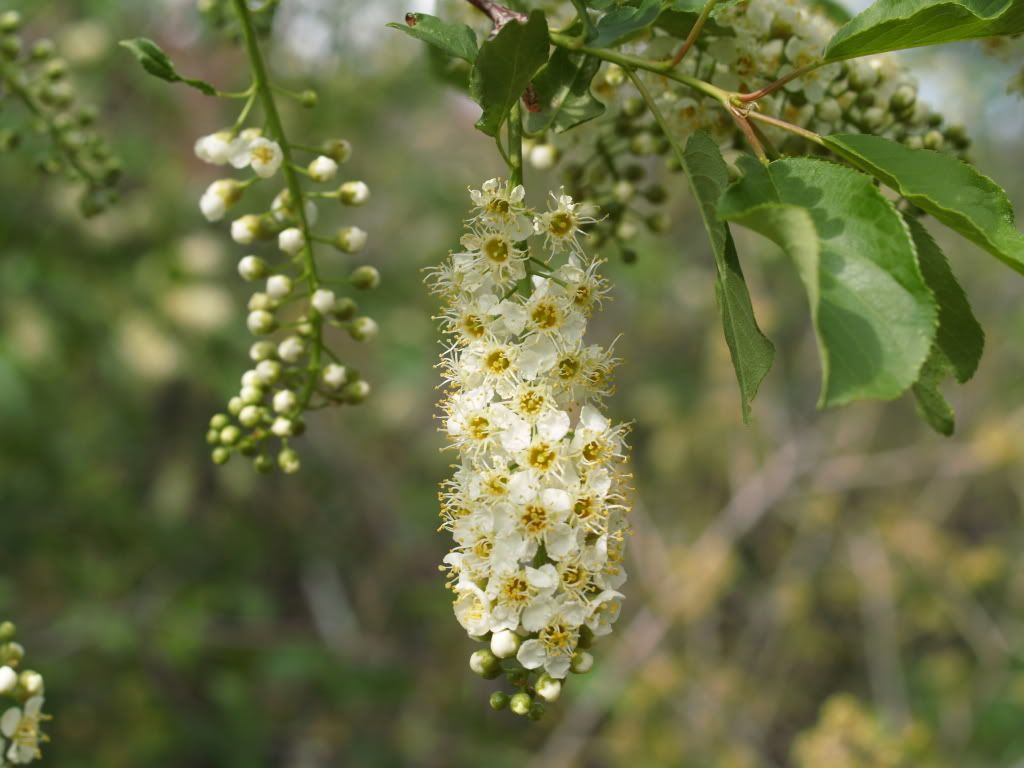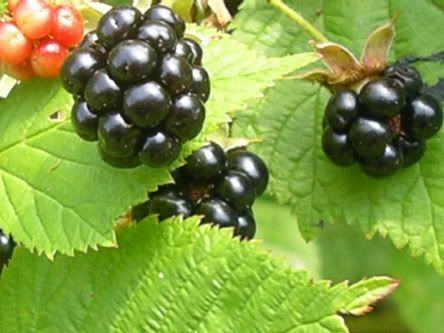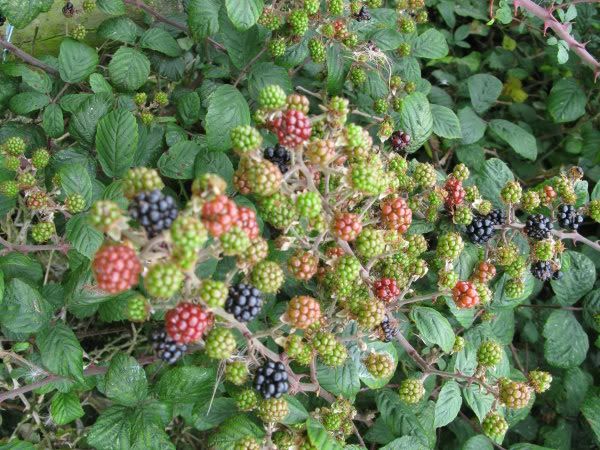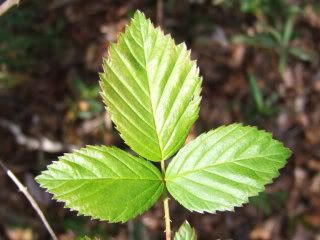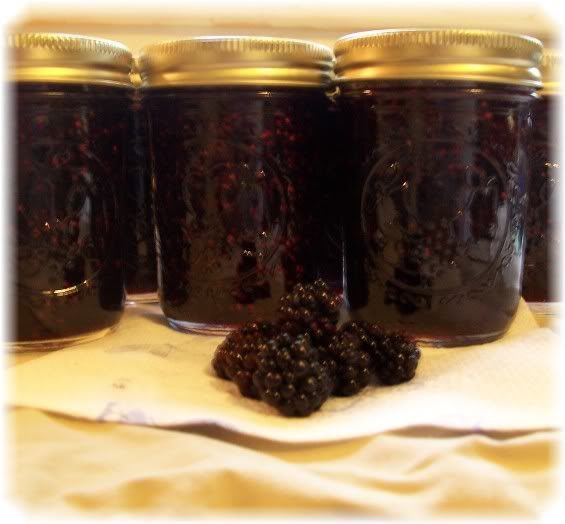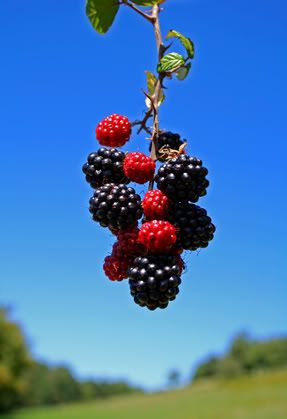
A surprising feature of herbal research is that it is seldom the rare, exotic, and beautiful plant that proves the most interesting; more often it is some common, familiar, and despised weed that it discovered to have undreamed of virtues. The common nettle is a good illustration.
Nearly everyone who has ever run barefoot as a child knows and hates this plant, but it is only a stinging acquaintance.
Nettles are common along roadsides, in waste places, and on vacant lots where barefoot children like to play, and when contacted by a bare ankle it causes a painful smarting followed by a red rash.
"All some want to know about nettles is how to get rid of them." This is the attitude that most people have toward this herb.
And yet, this detested weed is one of the finest and most nutritious foods in the whole plant kingdom. Unlike many health foods, nettle greens are really good, as well as being good for you.
In addition to their good taste, nettles are rich in vitamins A and C, amazingly high in protein, filled with chlorophyll, and probably exceedingly rich in many of the essential trace minerals.
No grazing animal will eat a live nettle, but when nettles are mowed and dried, all kinds of livestock eat them avidly and thrive on them. Horses get shinier coats and improve in health when fed dried nettles. Cows give more and richer milk when fed on nettle hay. Hens lay more eggs when powdered nettle leaves are added to their mash, and these eggs actually have a higher food value. Even the manure from nettle-fed animals is improved, and makes better fertilizer.

Nettles furnish one of the most valuable of all plant substances to use as a mulch in your garden, or to add to your compost pile. Having approximately seven percent nitrogen, figured on a dry-weight basis, this plant is richer in this essential nutrient than many commercial fertilizers.
Nettles are covered with tiny, nearly invisible stinging hairs that produce an intense, stinging pain, followed redness and skin irritation. The generic name comes from the Latin word, "uro," which means "I burn." Nevertheless, they're superb, non-stinging, cooked vegetables.
Nettles usually appear in the same places year after year. Look for them in rich soil, disturbed habitats, moist woodlands, thickets, along rivers, and along partially shaded trails.
They grow throughout most of the United States Here are a few of the most common species: Stinging nettle's (Urtica dioica) rather stout, ribbed, hollow stem grows 2-4 feet tall. The somewhat oval, long-stalked, dark green, opposite leaves are a few inches long, with a rough, papery texture, and very coarse teeth. The leaf tip is pointed, and its base is heart-shaped.
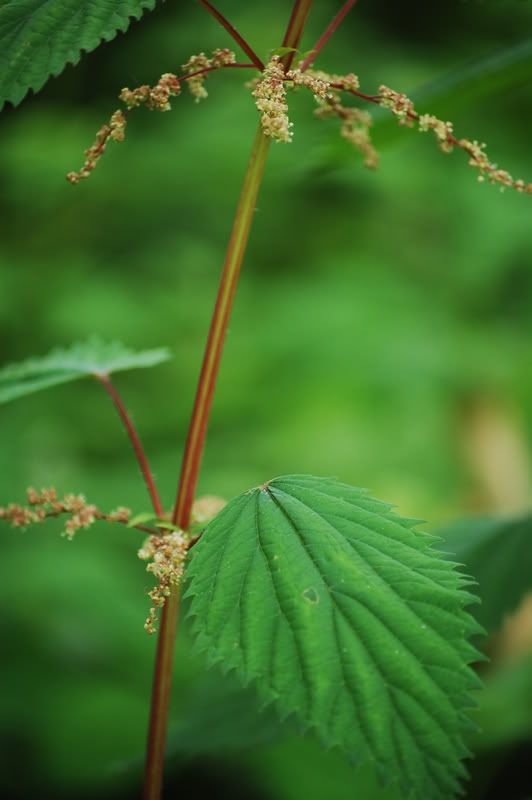
This is a dioecious plant, with male and female flowers growing on separate plants. The species name, dioica, means "two households" in Greek: By late spring, some plants have clusters of tiny, green female flowers, hanging from the leaf axils in paired strands.
You can eat the stems as well as the leaves of the very young plant.Collect nettle leaves before they flower in spring. They may be bad for the kidneys after they flower. New nettles come up in the fall, and you can pick them before they're killed by frost.
People have been using nettles for food, medicine, fiber, and dyes since the Bronze Age. Collect them using work gloves, and wear a long-sleeved shirt. If you happen upon nettles when you have no gloves, put your hand inside a bag. The young leaves are the best part of the plant. They come off most easily if you strip them counter-intuitively, from the top down.
Clean and chop nettles wearing rubber gloves. Once youíve cooked them a little, the stingers are deactivated, and the plant becomes wonderfully edible.
Nettles have a bad reputation as an unpleasant-tasting survival food in some circles. That's because people don't know how to prepare them. They often boil them, which is awful. Nettle leaves are good simmered in soups 5-10 minutes, but my favorite method is the waterless steaming method, recommended for spinach in a 1699 cookbook by John Evelyn, and described in the cooking section.
Enjoy nettles as a vegetable side-dish with rice and beans. Sometimes I make creamed nettlesómuch more satisfying than creamed spinach. Because nettles have the richest, hardiest taste of any green,you can combine them with lighter ingredients, such as celery, zucchini, lemon juice, or tomato sauce.
Dry nettles for winter use and tea.
As food, this tonic is good for rebuilding the system of chronically ill people. Nineteenth century literature is full of so-called constitutionally weak people, who usually die on the last page. In Russia, they were given freshly squeezed nettle juiceóa tonic loaded with iron and other nutrientsófor iron-deficiency anemia. This often worked.
Many of the benefits are due to the plant's very high levels of minerals, especially, calcium, magnesium, iron, potassium, phosphorous, manganese, silica, iodine, silicon, sodium, and sulfur. They also provide chlorophyll and tannin, and they're a good source of vitamin C, beta-carotene, and B complex vitamins. Nettles also have high levels of easily absorbable amino acids. They're ten percent protein, more than any other vegetable.
The substances in the stingers have medicinal uses: In the late 1980s, scientists studying the differences between dried and freeze-dried herbs accidentally discovered that freeze-dried nettles cured one of the researcher's hay-fever. Subsequently, a randomized double-blind study at the National College of naturopathic Medicine in Portland, Oregon showed that 58 percent of hay-fever sufferers given freeze-dried nettles rated it moderately to highly effective. Nettles are a traditional food for people with allergies.

Nettles sting you because the hairs are filled with formic acid, histamine, acetylcholine, serotonin (5-hydroxytryptamine), plus unknown compounds. Some of these substances are destroyed by cooking, steeping, or drying, but not by freeze-drying or juicing. Unfortunately, you need a vacuum chamber to freeze-dry herbs. However, you can purchase freeze-dried nettles in capsules for hay-fever.
As an expectorant, it's recommended for asthma, mucus conditions of the lungs, and chronic coughs. Nettle tincture is also used for flu, colds, bronchitis and pneumonia.
Nettle infusion is a safe, gentle diureticóconsidered a restorative for the kidneys and bladder, and used for cystitis and nephritis. It ís also recommended for weight loss, but you may shed more pounds of water than fat.

Nettle tea compress or finely powdered dried nettles are also good for wounds, cuts, stings, and burns. The infusion was also used internally to stop excessive menstruation, bleeding from hemorrhages, bloody coughs, nose bleeds, and bloody urine. It helps blood clot, but major bleeding is dangerousóindicative of a serious underlying condition. Consult a competent practitioner in such cases. Use for minor cuts.
Other uses include treating gout, glandular diseases, poor circulation, enlarged spleen, diarrhea, and dysentery, worms, intestinal and colon disorders, and hemorrhoids. Nettles are usually used along with other herbs that target the affected organs.
German researchers are using nettle root extracts for prostate cancer, and Russian scientists are experimenting with nettle leaf tincture for hepatitis and gall bladder inflammation.
Eating nettles or drinking the tea makes your hair brighter, thicker and shinier, and makes your skin clearer and healthierógood for eczema and other skin conditions. Commercial hair- and skin care products in health food stores often list stinging nettle as an ingredient. Nettles have cleansing and antiseptic properties, so the tea is also good in facial steams and rinses.
Nettles' long, fibrous stems were important in Europe for weaving, cloth-making, cordage, and even paper. Native Americans used them for embroidery, fish nets, and other crafts. You can even extract a yellow die from the roots.

Nettle tea is given to house plants to help them grow, but the strangest use I've ever heard is for severe arthritis. You must whip the victim over most of the body until an extensive rash develops. This flagellation or "urtication" may stimulate the weak organs, muscles, nerves and lymphatic system, and increase circulation. Or it may cause so much pain, the victim forgets about the arthritis.
Old-Time Herbal Remedy
All this would seem enough to ask of one common weed, but in addition to these virtues, nettles have also long been used in home remedies and herbal medicines to treat mankind's ills. Any efficacy the nettle may have in this area is probably due to its high content of vitamins and minerals.
A lively soft drink can be made of nettles that is reputed to cure the aches and pains of the aged, but it also makes a pleasant beverage for people of all ages. Eating nettles is not at all the unpleasant experience you might expect it to be, for this plant, when gathered at the right stage and properly prepared, is a very palatable vegetable. It is said that a good French cook can make seven delicious dishes of nettle tops. You can do as well, once the general principles of nettle-cookery are known.
Nettle Greens: Gather Only Early in Season
Like asparagus, peas, and many other vegetables, nettles must be gathered at just the right stage to be good. The common nettle has perennial underground rhizomes, and from these the tender shoots spring up as soon as the weather is warm. It is only these first nettles, gathered when less than a foot high, that are good to eat.
Take only the tender tops of young, first-growth nettles, before they begin to bloom. Wear leather or plastic-coated work gloves while gathering nettles. Wash the greens by stirring them in water with a long-handled spoon, then use a pair of kitchen-tongs to put them directly into a large saucepan with a tight cover. The moisture that clings to the leaves will furnish ample cooking water. Cover and cook gently for twenty minutes; drain, but save that juice.
You can chop the greens right in the cooking pot by using a pair of kitchen shears. Season the vegetable with butter and salt to taste, and it is ready to serve. A more wholesome vegetable never came to the table. Cooking completely destroys the nettles' stinging properties, and actually converts the venom into wholesome food.
Creamed or Pureed Nettles
Mix the cooked and chopped greens, 2 cupfuls, with a small can of cream of mushroom soup (or cream of celery, or cheese soup) and 1/2 cup of light cream for a superior creamed vegetable, wonderful over toast.
For pureed nettles, rub the cooked nettles, juice and all, through a sieve; return this puree to the heat, add 2 tablespoons of butter, salt to taste, and simmer for about 10 minutes. Remove from the heat, stir in a few tablespoons of light cream, sprinkle with freshly ground black pepper, and serve immediately.
Nettle Pudding
An old English recipe is nettle pudding, which is not a dessert but a hearty main dish. To 2 cups of cooked and chopped nettle greens add 1 cup chopped leek or onion, 1 cup chopped broccoli, 1 cup raw rice, 1 cup ground beef, and 1/2 cup fine-chopped beef suet. Season with 1 teaspoon salt and a little freshly ground black pepper, mix well, then tie the mixture up in a muslin cloth that has been wrung out in cold water. Drop into boiling water and boil for 1 hour, or hang over boiling water and steam for 3 hours. When you remove the pudding cloth, you will have a round cannonball of a pudding that is delicious when served with a good gravy or melted butter.
Nettle Soup, Juice & Beer
Let's return to that juice we drained from the cooked nettles. Just seasoned with a little salt and pepper and a little vinegar, it makes a tasty soup that is supposed to be very efficacious in removing unwanted pounds. Mixed with a little honey it is said to relieve asthma, allay a cough, and help cure bronchitis. Taken as hot as you can take it, after exposure, this juice has a reputation of helping to prevent colds.
This same juice, cooled, is said to be a fine hair tonic. Applied twice a day it is reputed to prevent falling hair, eliminate dandruff, promote a healthy scalp, and help keep the hair neatly combed.
In some parts of England the country people still make a pleasant summer drink called nettle beer. To 4 quarts of freshly picked nettle tops add 2 gallons of water, 2 lemons cut in thin slices, rind and all, and 2 ounces of crushed, dried gingerroot. Boil gently for forty minutes, then strain and stir in 2 cups of brown sugar. When cooled to barely lukewarm, dissolve a cake of yeast in a cup of the liquid and then stir it into the brew. Bottle immediately and cap tightly, and in a few days it is ready to drink. It should be refrigerated until ice-cold before opening, for this is a lively drink and will foam wildly if opened while warm. Since it has no detectable alcoholic content it can be given to the whole family.





